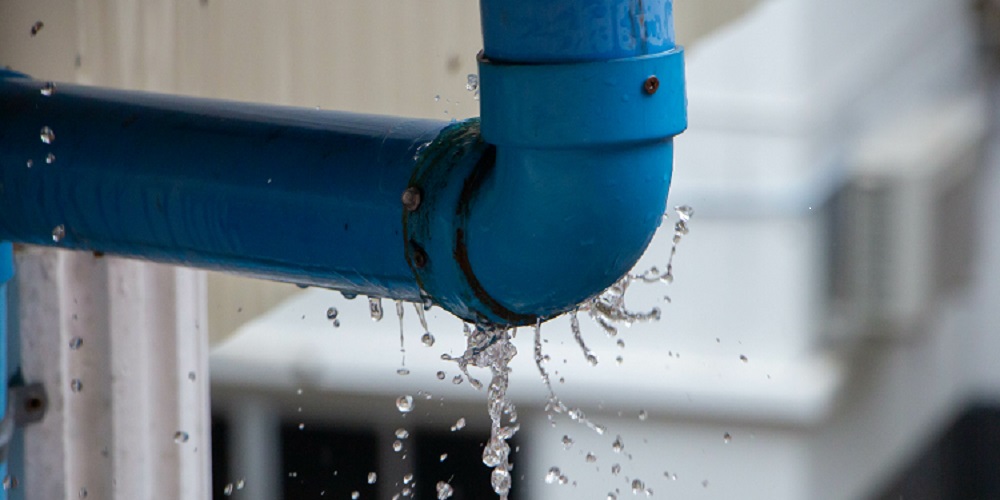Just about everyone will have their own individual conception in relation to Finding hidden leaks.

Early detection of dripping water lines can minimize a possible disaster. Some small water leaks might not be noticeable.
1. Take A Look At the Water Meter
Every house has a water meter. Examining it is a guaranteed manner in which assists you find leaks. For beginners, shut off all the water resources. Make certain nobody will flush, utilize the faucet, shower, run the washing maker or dish washer. From there, go to the meter and also watch if it will certainly change. Because no one is utilizing it, there must be no movements. If it moves, that indicates a fast-moving leak. Furthermore, if you find no changes, wait an hour or more and check back again. This means you may have a slow-moving leakage that can also be below ground.
2. Check Water Intake
If you detect unexpected adjustments, regardless of your usage being the very same, it means that you have leakages in your plumbing system. A sudden spike in your bill suggests a fast-moving leakage.
A consistent boost every month, also with the very same routines, shows you have a slow-moving leak that's likewise gradually intensifying. Call a plumber to extensively examine your residential property, specifically if you really feel a cozy location on your floor with piping beneath.
3. Do a Food Coloring Examination
30% comes from toilets when it comes to water intake. Examination to see if they are running properly. Decline flecks of food color in the tank and also wait 10 mins. If the color somehow infiltrates your bowl during that time without flushing, there's a leakage between the container and dish.
4. Asses Exterior Lines
Don't fail to remember to check your outdoor water lines also. Ought to water leak out of the connection, you have a loosened rubber gasket. One little leakage can throw away tons of water and also increase your water costs.
5. Examine as well as Examine the Scenario
Homeowners must make it a practice to check under the sink counters as well as also inside cupboards for any kind of bad odor or mold development. These 2 red flags indicate a leak so punctual attention is called for. Doing regular evaluations, also bi-annually, can conserve you from a major trouble.
Inspect for stainings as well as weakening as the majority of appliances and also pipes have a life expectations. If you believe dripping water lines in your plumbing system, don't wait for it to intensify.
Early detection of leaking water lines can mitigate a possible catastrophe. Some small water leakages might not be visible. Checking it is a proven way that assists you uncover leakages. One little leakage can lose lots of water and surge your water costs.
If you think leaking water lines in your plumbing system, don't wait for it to escalate.
How to Know If Your Home Has a Hidden Leak
Water Meter Reveals Inexplicable Water Usage
If you’d like to test whether or not there’s a leak somewhere in your home, you can do this using your water meter. Here is how to conduct the test:
Don’t use any water in your home for at least 30 minutes; this also means not turning on faucets or water-using appliances.
Go outside, and check your water meter for activity.
If your water meter shows that there was activity, even though no one was using any water, this proves that there is a leak in your home.Visible Mold or Mildew Growth
Leaks behind walls create moist, dark environments that allow mold and mildew to grow and thrive. Eventually, you might see mold growth forming on the wall closest to a hidden leak.
If mold is growing in an area that receives a high amount of moisture, such as a bathroom, it may simply be an indication that better ventilation is needed. However, if you see mold growth on a wall or the ceiling in an area where you would not expect, you probably have a hidden leak.
Musty, Mildew Odor
Sometimes you might not be able to see the mold or mildew that is growing as a result of a leak. However, the smell can give the problem away just as easily. If you catch a whiff of something musty, there’s a good chance that old water is collecting somewhere in your home that you can’t see.
Stained/Warped Walls, Ceilings, or Floors
When your home soaks up water, a variety of red flags can become visible, including ceiling stains, bubbling drywall, warped walls, and sagging floors. While these issues can be caused by excess humidity, they can also be signs that a pipe or plumbing connection has started leaking behind your walls.
Inexplicably High Water Bill
After a while, you get a general sense for what your water bill should be. If you own a pool or sprinkler system, your bill will tend to be higher during summer. However, if you receive a water bill that seems especially high, and you can’t figure out what caused it, then you may have a hidden leak somewhere that’s increasing your bill.
https://www.plumbingjoint.com/blog/2019/july/how-to-know-if-your-home-has-a-hidden-leak/

As an enthusiastic reader on Hacks to detect leaks, I was thinking sharing that short article was a smart idea. Sharing is nice. Helping people is fun. I praise you for your time. Kindly stop by our website back soon.